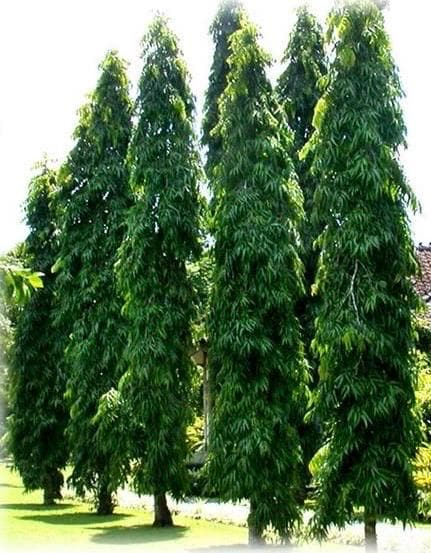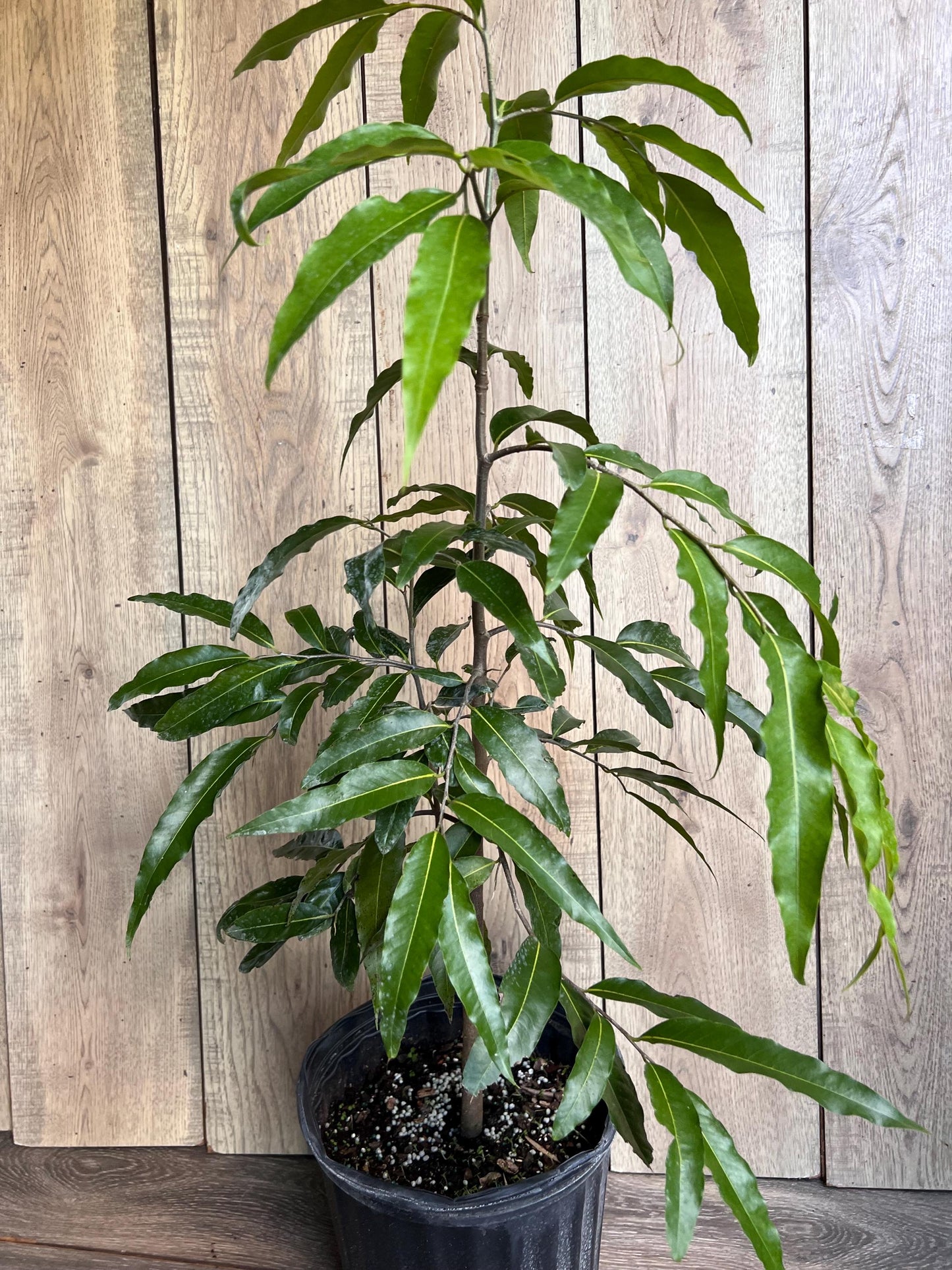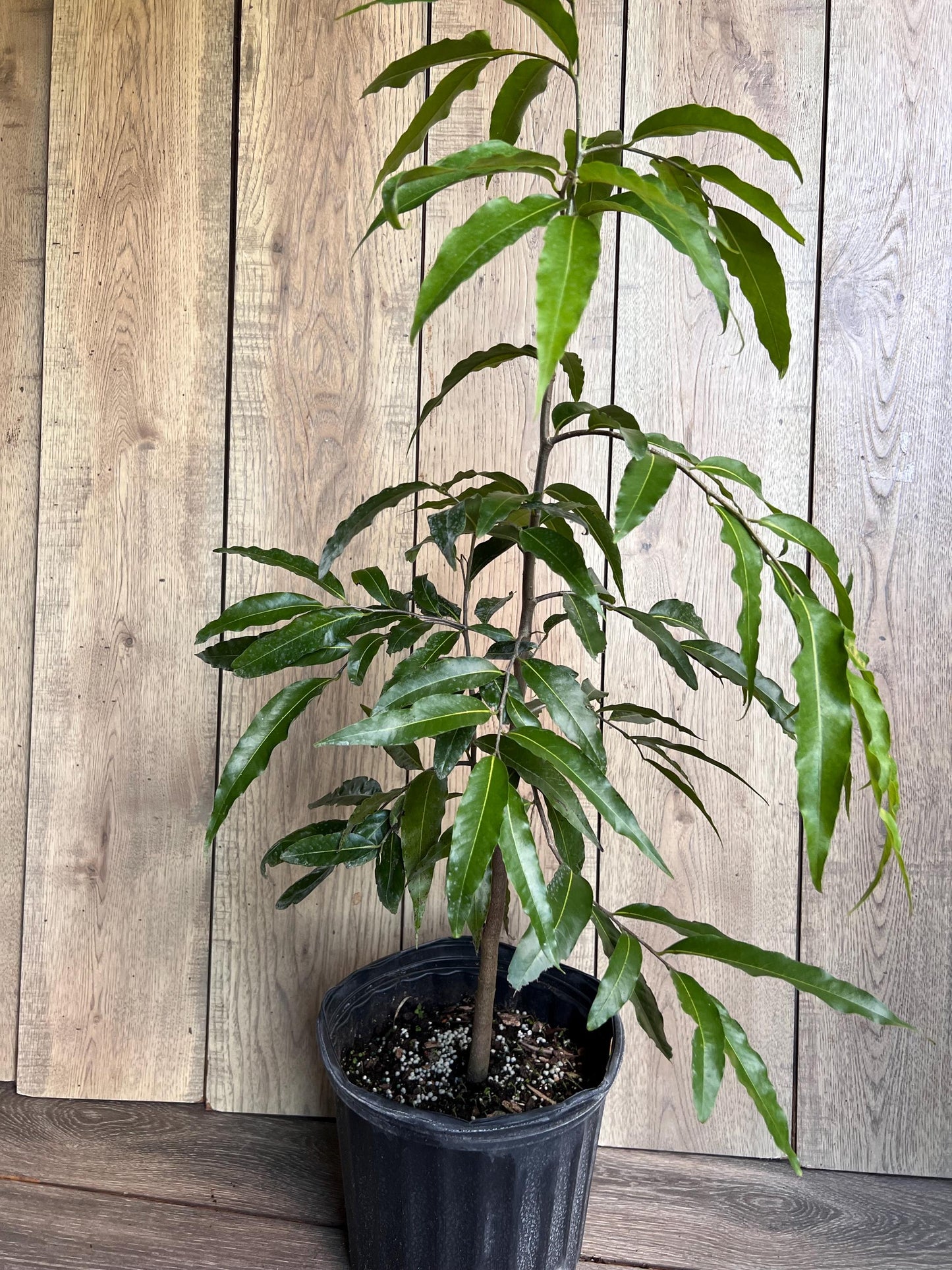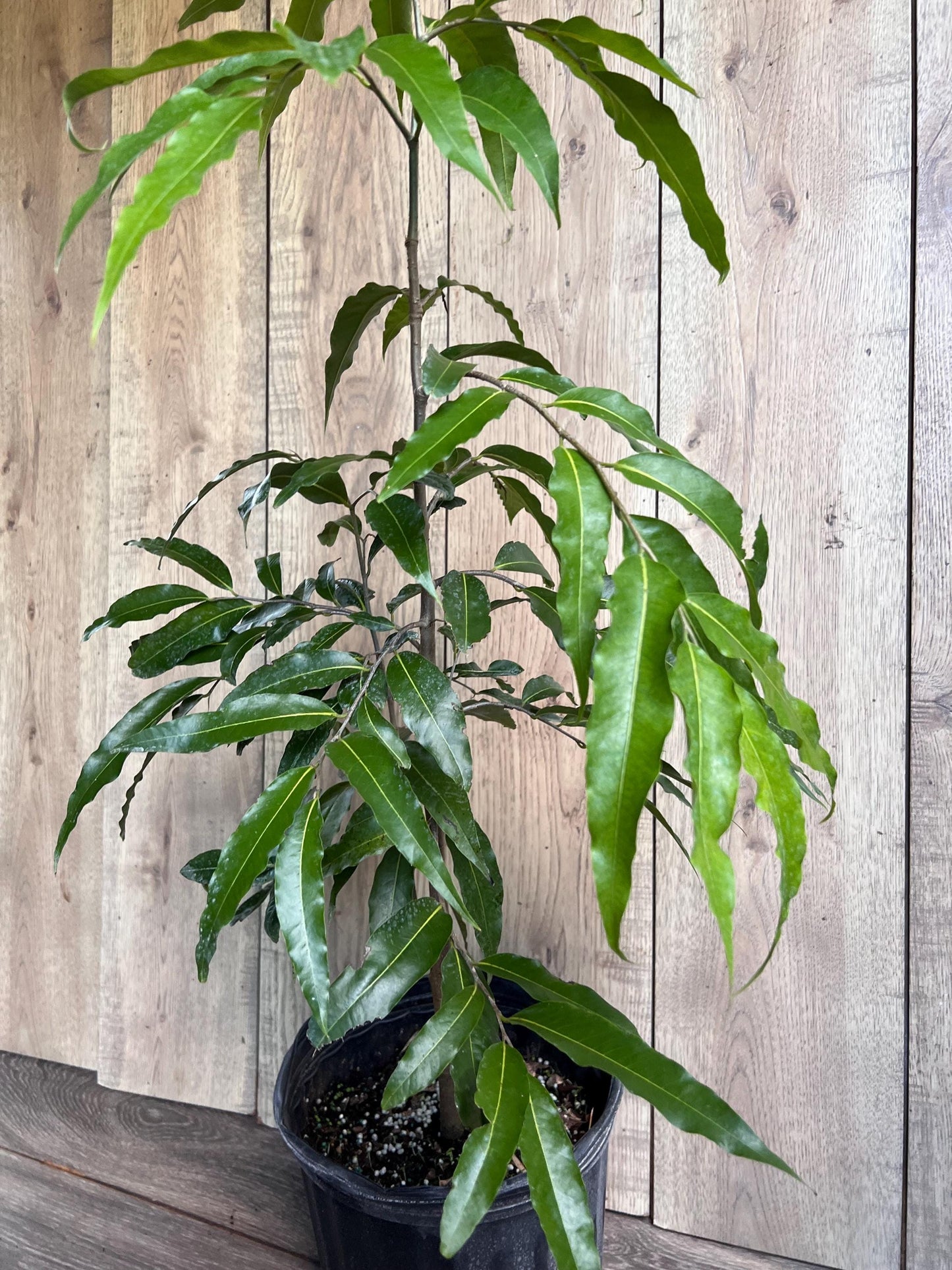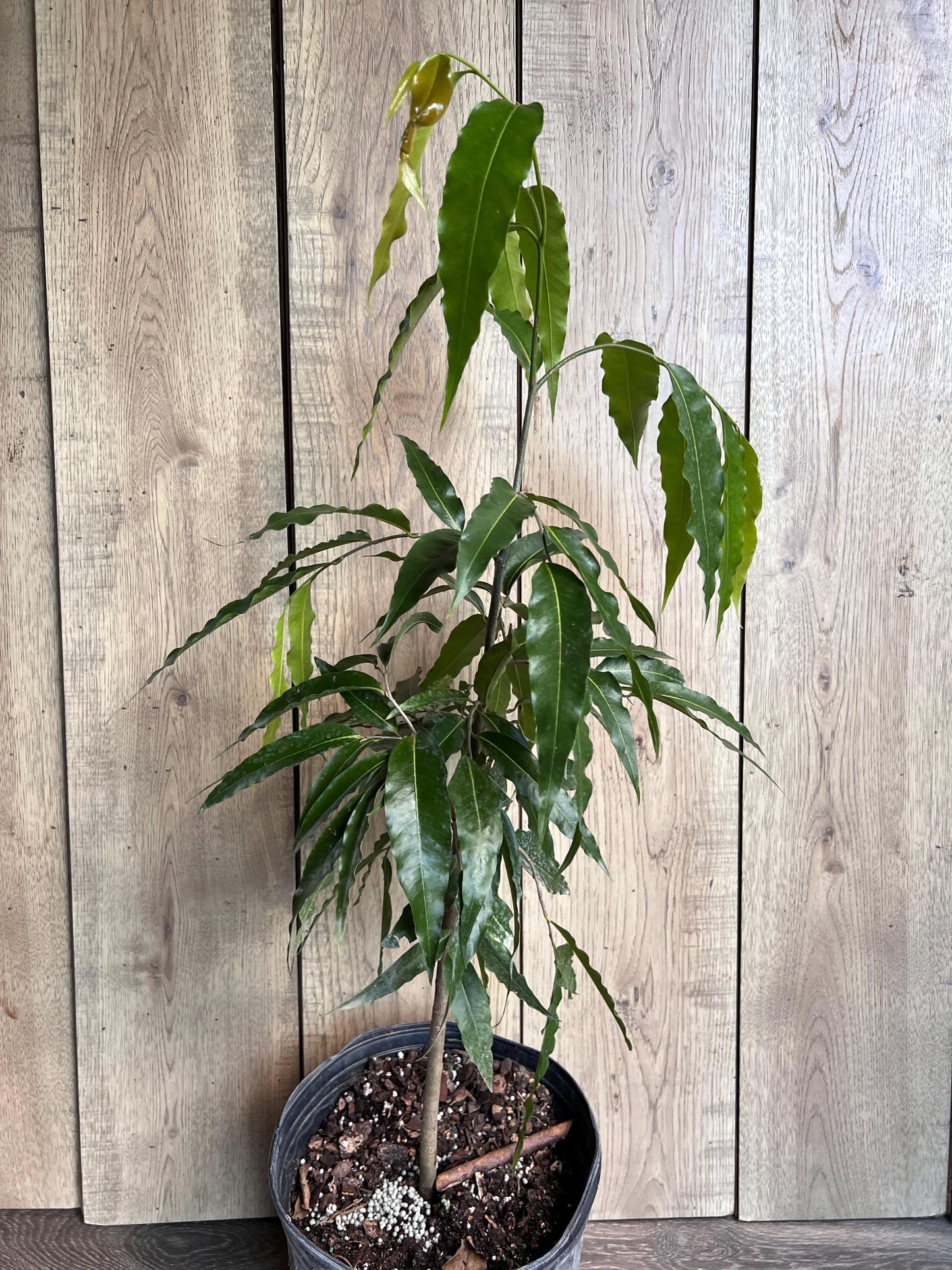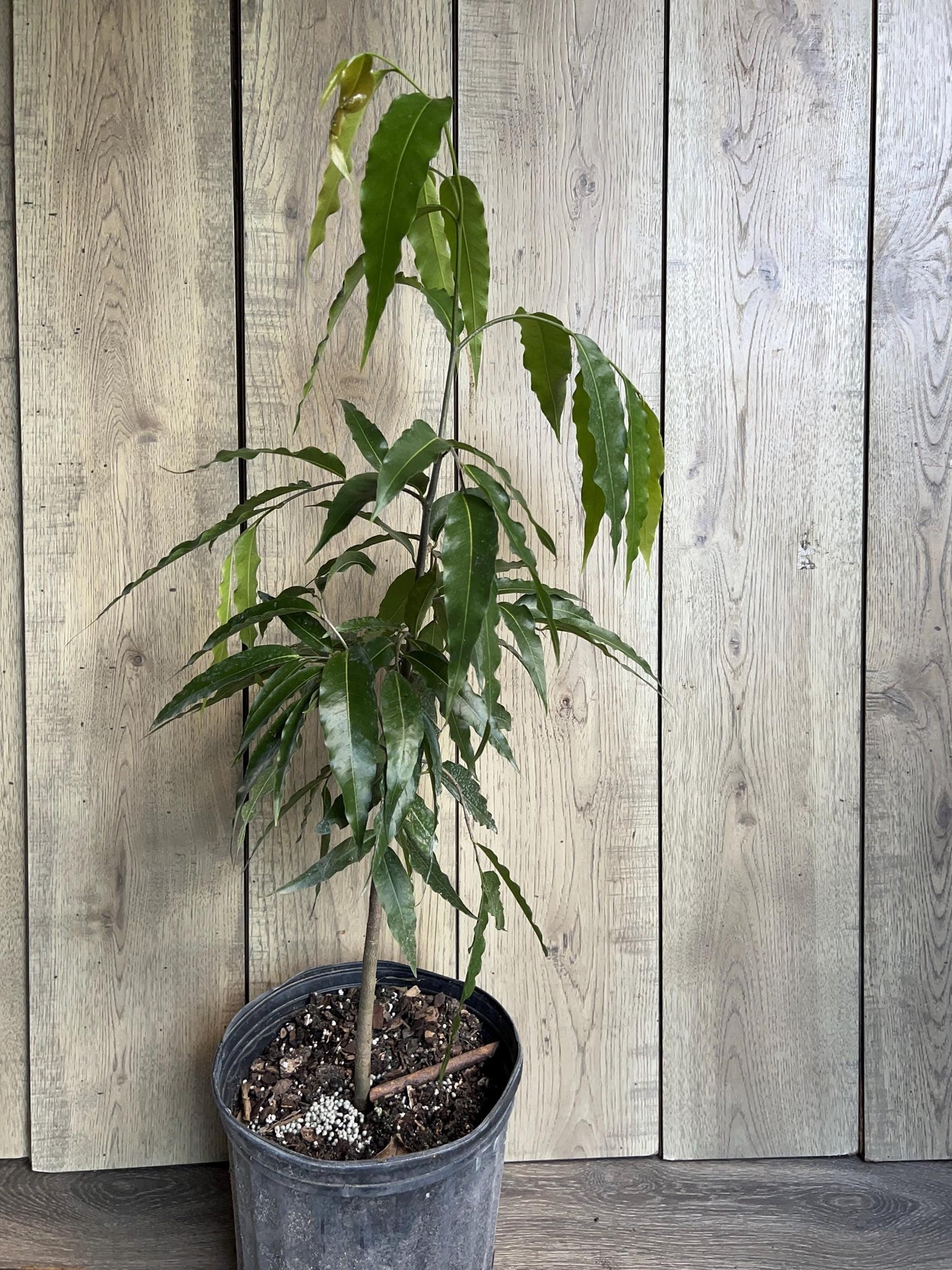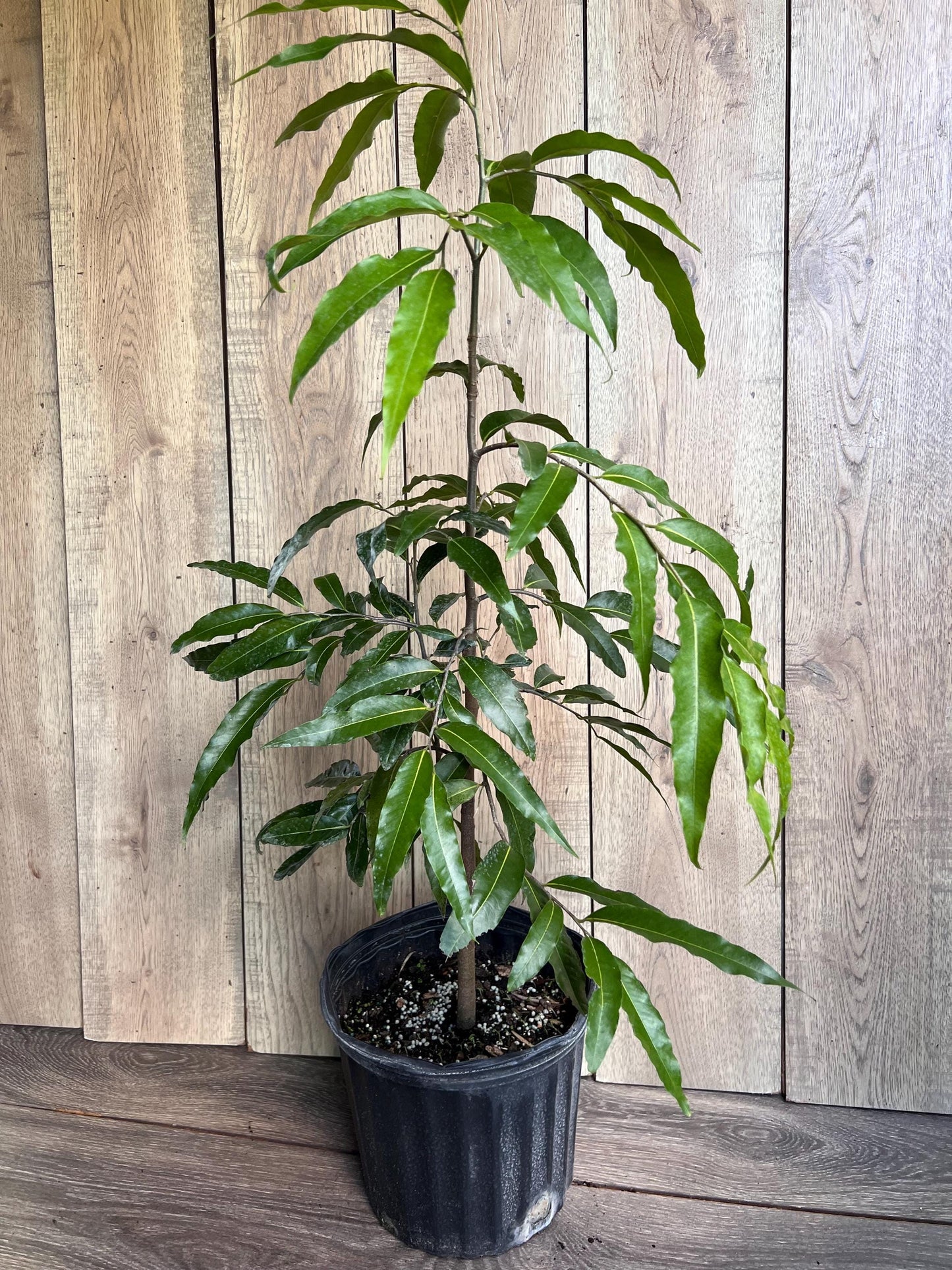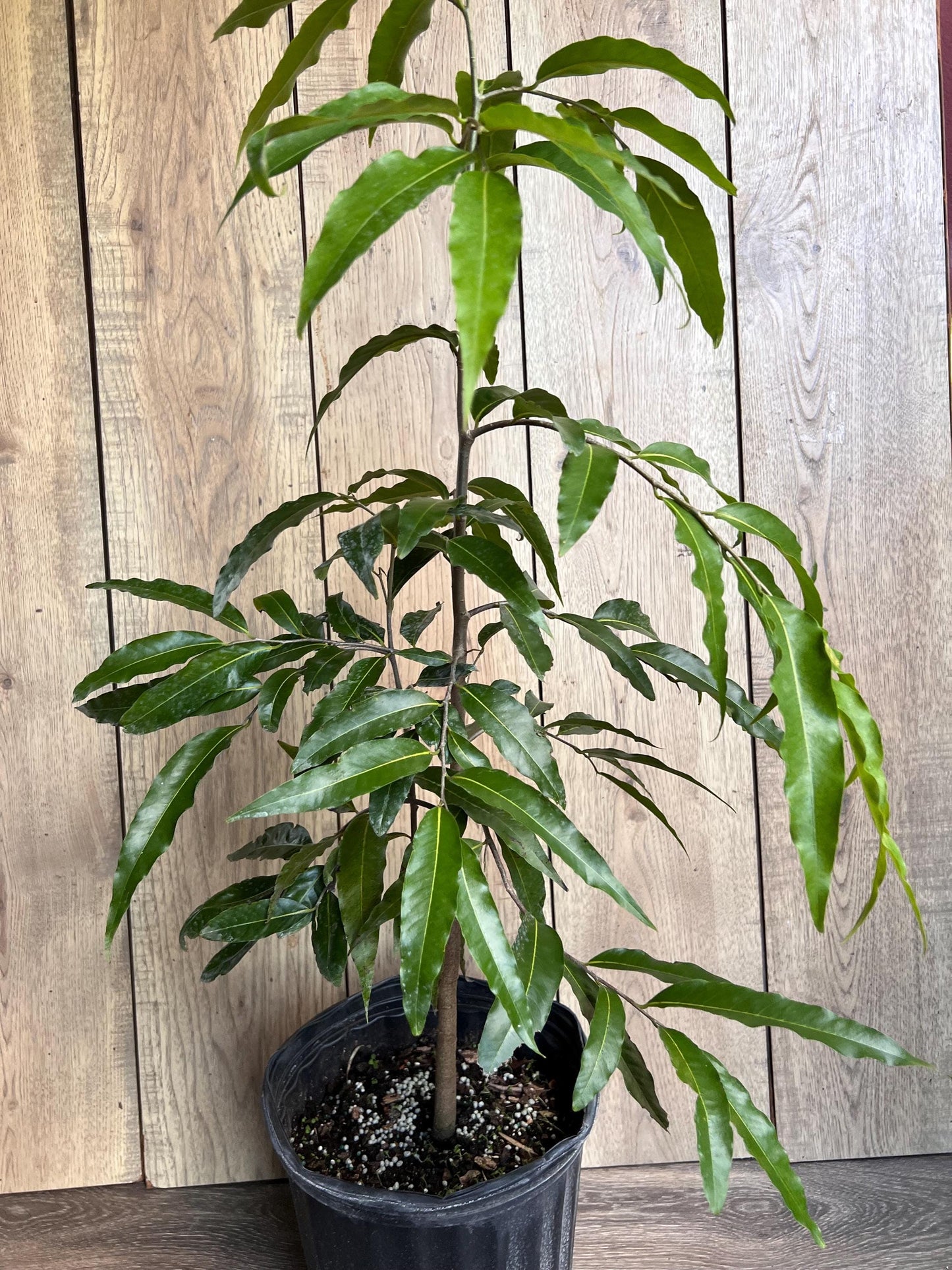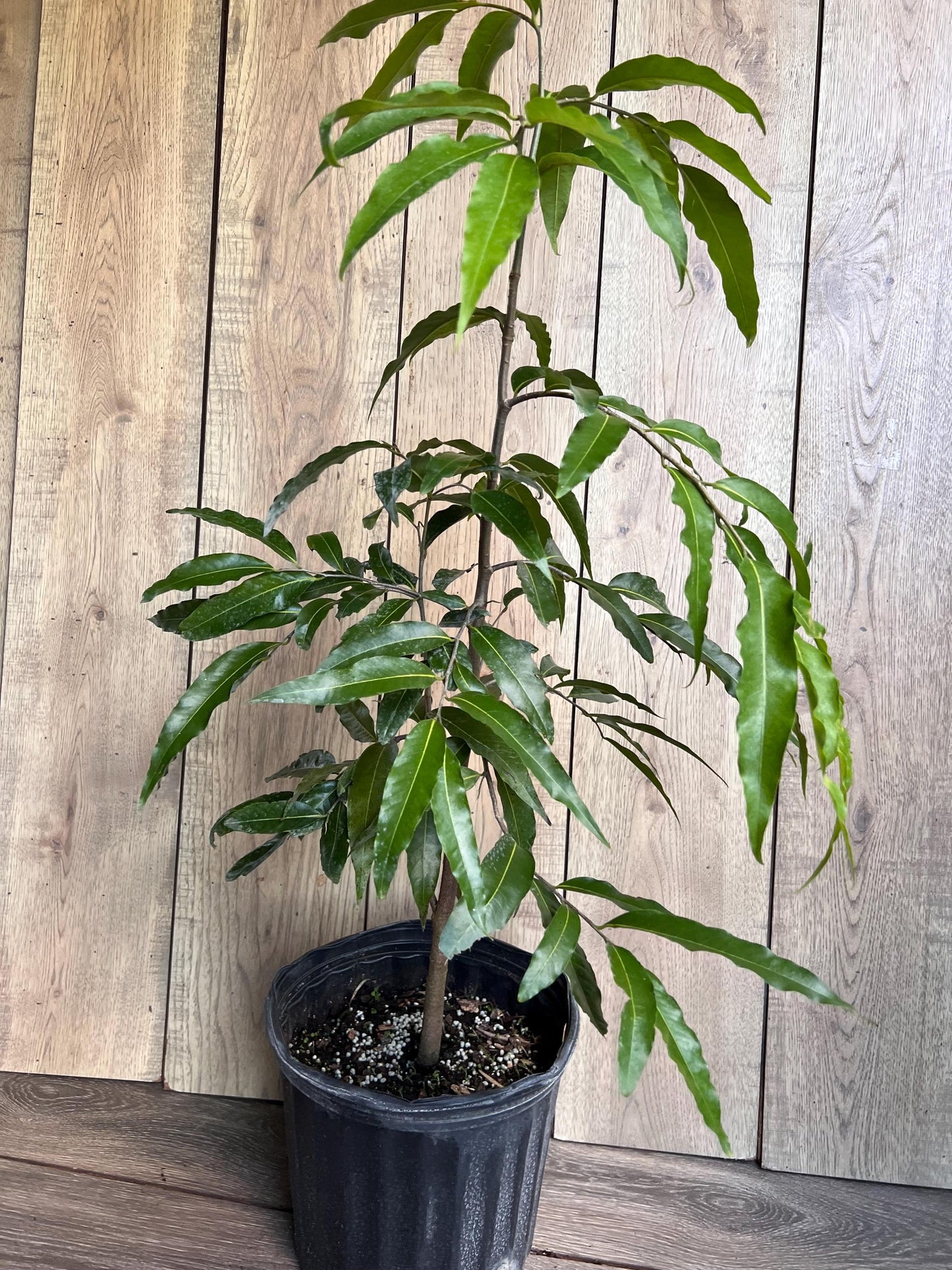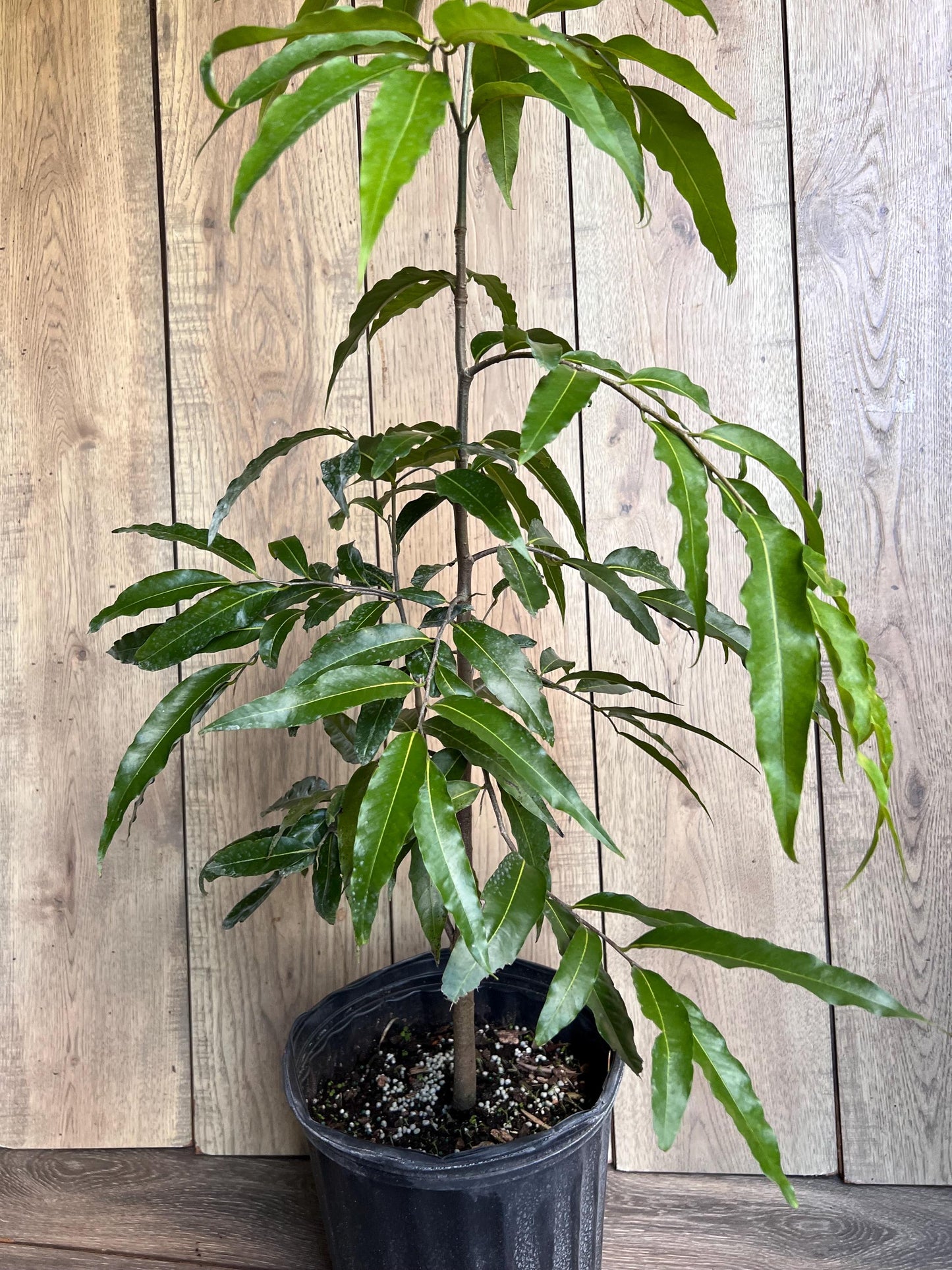The Mast Tree (scientifically known as Nauclea orientalis) is a large, evergreen tropical tree native to regions of India, Sri Lanka, and Southeast Asia. Known for its dense, dark green foliage and tall, rounded canopy, it can reach heights of 50–70 feet (15–21 meters). The tree produces clusters of fragrant white or cream-colored flowers and edible, yellow to orange fruits. Valued for its durable timber, the Mast Tree is used in the production of furniture, flooring, and construction materials. It thrives in tropical climates with consistent warmth and moisture, preferring well-draining, loamy soil. Beyond its practical uses, it is also planted for shade and ornamental purposes in tropical landscape
1
/
of
10
Mast Tree, Polyalthia longifolia in 3 gallon Pot
Mast Tree, Polyalthia longifolia in 3 gallon Pot
Regular price
$58.45 USD
Regular price
$77.94 USD
Sale price
$58.45 USD
Unit price
/
per
Shipping calculated at checkout.
Couldn't load pickup availability
Note : You will receiveMast Tree, Polyalthia longifolia in 6” Pot similar to the pictures Th
1. Light Requirements:
- Full Sun: The Mast Tree thrives in full sunlight. It needs 6–8 hours of direct sunlight each day to grow strong and healthy. While it can tolerate partial shade, it performs best when exposed to plenty of light, especially for flowering and fruiting.
2. Temperature:
- Warm, Tropical Climates: This tree is best suited for tropical and subtropical regions. It requires warm temperatures between 65°F and 90°F (18°C to 32°C). The Mast Tree is not frost-tolerant, so it must be protected from cold temperatures or grown in regions with no frost.
3. Soil:
- Well-Draining, Loamy Soil: The Mast Tree prefers rich, well-drained soil. Loamy soil that retains moisture but doesn't become waterlogged is ideal. It also tolerates slightly acidic to neutral pH (around 6.0–7.5). Ensure the soil is well-draining to prevent root rot.
4. Watering:
- Regular Watering: The Mast Tree enjoys consistent moisture, especially during the growing season. Water deeply but avoid waterlogging the soil. The soil should remain moist, not soggy. During dry periods, you may need to water more frequently, but be sure the soil can drain properly to prevent root rot.
- Drought Tolerance: Once established, the tree can tolerate brief periods of drought, but regular watering will promote better growth and flowering.
5. Fertilization:
- Balanced Fertilizer: During the growing season (spring and summer), feed the Mast Tree with a balanced, slow-release fertilizer rich in nitrogen, phosphorus, and potassium to encourage healthy growth and strong flowering. Fertilize about once every 2–3 months. Avoid over-fertilizing, as this can lead to excessive growth at the expense of flowering.
6. Pruning:
- Minimal Pruning: The Mast Tree generally requires little pruning. However, it’s a good idea to remove any dead, diseased, or damaged branches to maintain a healthy tree. Pruning can also help improve airflow and allow more light to penetrate the canopy. Regular light pruning can help keep the tree’s shape and size manageable.
7. Pests and Diseases:
- Pests: The Mast Tree is relatively pest-resistant, but it can occasionally attract aphids, mealybugs, or scale insects. Regularly inspect the tree for signs of pests and treat with insecticidal soap or neem oil if needed.
- Diseases: The tree can be susceptible to fungal diseases like powdery mildew and root rot if the soil doesn’t drain properly. Ensure good airflow around the tree and avoid excess moisture on the foliage. Avoid overwatering and check that the roots are not sitting in waterlogged soil.
8. Propagation:
- Seeds: Mast Trees can be propagated from seeds, though they may take some time to germinate. Soak seeds in warm water for 24 hours before planting them in a well-draining potting mix. Keep the soil consistently moist but not waterlogged, and place the seeds in a warm location to encourage germination.
- Cuttings: While propagation by cuttings is less common, softwood cuttings from healthy branches can be tried if necessary.
9. Mulching:
- Mulch: Applying a layer of organic mulch around the base of the tree can help maintain soil moisture, regulate soil temperature, and reduce weeds. However, be careful not to pile mulch directly against the trunk, as this can cause rot.
10. Harvesting:
- Fruit: If grown for its fruit, the Mast Tree’s yellow-orange fruits are usually ready to harvest once they reach full color and softness. The fruits can be eaten fresh or used in cooking.
The Mast Tree requires a warm, sunny location with well-draining soil and regular watering. It is relatively low-maintenance, needing only occasional pruning and fertilizing to stay healthy. Keep it protected from frost and cold temperatures, and ensure it receives adequate sunlight for optimal growth. With the right care, the Mast Tree can thrive in tropical climates, providing shade, fragrant flowers, and edible fruit.
Share
